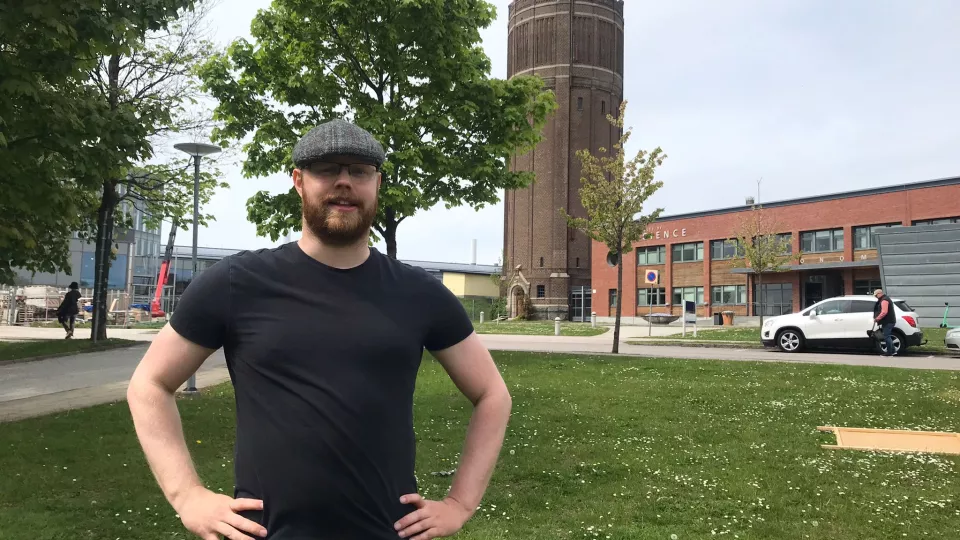What is your thesis about?
-It studies programming's role in physics education and aims to find out what parts of programming may be useful for the learning of physical concepts. By employing the Social Semiotic framework to describe the process of creating models, implementing them into code, and visualising the results, programming emerges as a potent educational tool emerges.
Why did you choose this particular topic?
- I gained an interest in education when I as working at Vattenhallen Science Centre. A programming workshop that I held at the science center became the starting point for my research. However, the learning theories I used in my research turned out to further spark my interest and has guided my latest research.
What is the most important result from your thesis?
- My research describing the role of programming using a representational approach. Which means that I have described how the movement between formula, code, and visualisation can contribute to learning in physics and why this process must be not be neglected.
What do you hope your thesis will lead to?
-I hope that programming may be employed in a more open way, instead of exercises with a strict structure. To allow students to explore their own models and ideas in a new way.
What will you do when you have finished your dissertation?
- Sleep, relax, and continue work on the Nordic Physics Education Research collaboration, NPER. NPER will aim to expand physics education research and construct an international community that can build a better basis for the future of physics education in the Nordic countries.
Why is it important to do research?
-Because nothing is ever simple. The more you look into something the more will be revealed. Sometimes those revealed details may force us to re-think our perspective on the world, such as was done with quantum mechanics or the theory of general relativity.
Disputation
On Thursday 19 May, Kim Svensson will present and defend his dissertation in physics didactics. It is entitled
"Linking Programming to Representations: Understanding meaning-making in physics education through semiotic resources "
Kim Svensson´s thesis is available in the Lund University Research Portal
More information about Kim Svensson's dissertation can be found in our calendar


